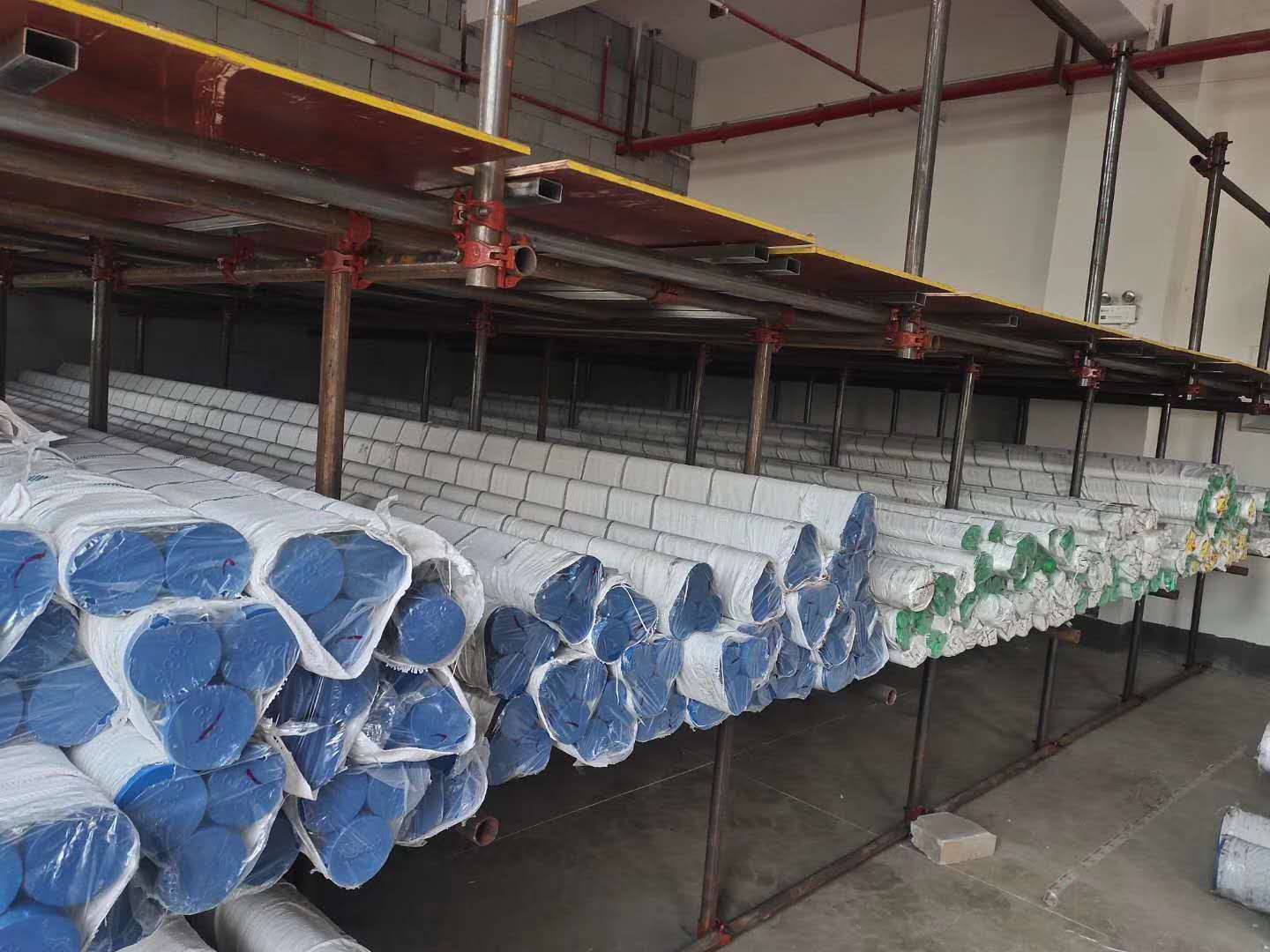What are the common problems of Hebei clamping pipe fittings?
Release time:
2020-12-27 12:04
Source:
Author:
Number of views:
Hebei clamping pipe is a kind of connecting piece that connects the pipe with the socket pipe with a special sealing ring, and presses the nozzle with a special tool for sealing and fixing. According to the end clamping connection, it is divided into D type and S type. It has the characteristics of anti-pull, anti-rotation, easy installation, small operating space, anti-vibration, and maintenance-free after installation.

The processing method of Hebei clamping pipe fittings is as follows:
1. Forging method can be used to punch and stretch a part of the pipe to reduce the outer diameter.
2. The roller method can be used to put a core inside the stainless steel pipe fitting and press the outer part with the roller to process the round edge.
3. Using the stamping method, the tapered core can be expanded to the required size and shape by the stamping machine.
Common Problems of Hebei Clamping Pipe Fittings
The quality advantages of continuous casting billets of stainless steel pipe fittings are as follows: the non-grinding rate of the outer surface of billets except the head and tail sections reaches more than 70%, and the total finished product rate of surface grinding reaches 99.15. In order to achieve this goal, it is necessary to refine the river water, reduce the oxygen and sulfur content, do a good job in the metallurgical work of large ladle and tundish, accurately confirm and control the temperature of molten steel, achieve unoxidized swelling, and further reduce the content of debris..
1. According to different steel grades, the mold vibration process is matched with the mold slag, which can increase the output by 10%, save energy, shorten the production cycle, and increase the output of molten steel.
2. Stainless steel pipe fittings should be continuously cast to improve the overall yield. In addition, combined with out-of-furnace refining, the production efficiency is significantly improved, the billet opening process is omitted, and a lot of energy consumption is saved.
3. Continuous casting of stainless steel pipes is usually provided together with a refining furnace, which has strict requirements on the chemical composition and temperature of molten steel. In order to prevent the second oxidation of precipitation, it is necessary to use non-oxidizing protection mainstream in the continuous casting production process. There are strict requirements for refractory materials such as ladle, tundish, sliding nozzle and immersion nozzle.
4. In order to ensure the appearance quality of the continuous casting billet, select the appropriate maintenance slag; The vibration marks formed on the surface of the continuous casting billet by the mold vibration during the continuous casting process should be controlled;
5. Hebei clamping type pipe fittings generally adopt the same vertical, vertical bending or arc continuous casting machine as carbon steel after casting molten steel. The refined molten steel is poured into the ladle, and the ladle to be poured is transferred to the upper part of the tundish nozzle through the turntable, and then the molten steel is injected into the tundish through the length nozzle, and the molten steel enters the mold after passing through the immersion nozzle to form and condense, and moves down continuously. The cast billet solidified on the surface layer of
continues to be rapidly cooled by the secondary cooling section until the billet core solidifies, and the whole continuous casting billet process of Hebei clamping pipe fittings is completed.
Latest News
2023-02-12










